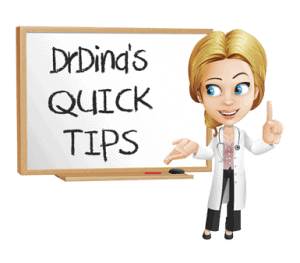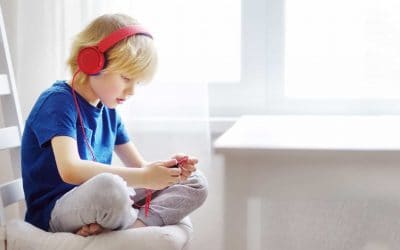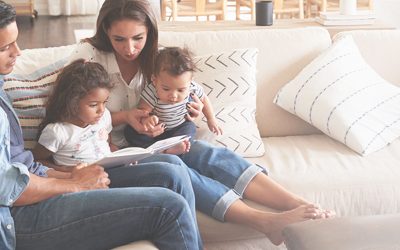Safe Biking Tips – Know Road Signs And Meanings And Other Safety Tips
Spring is here and that means we are (hopefully) all starting to head outside for some outdoor fun. For many kids, including our kids, the Spring is the start of bike riding season. But, before we jump on and get going, there are a few things to keep in mind to ensure our children’s safety.
Before you ride:
- Inspect the bike and ensure all parts are in working order. The chain should move freely, the gears switch easily, and the breaks work well.
- Ensure your child has a properly fitted helmet. Head injuries can be life changing, or life ending! A helmet will help prevent serious brain injury if your child falls.
- Helmets are not one-size-fits-all. As your child grows, a new helmet may be necessary to maintain proper fit, and therefore, appropriate protection.
- Adjust the height of the bike. The seat height should be adjusted to allow a slight bend at the knee when the leg is fully extended. The handlebar height should be at the same level with the seat.
- Inflate the tires. They will often deflate during the year.
When riding:
- Street versus bike trail and park riding. Children are not smart enough to know how to ride in the street safely. Children should stick to trail and park riding, with constant parental supervision. Mature adolescents may learn how to ride on the street safely with proper guidance.
- For newer riders. Big empty parking lots are a great place for kids to learn how to manoeuvre their bikes safely.
- See and be seen. Always ensure your child wears bright colours (never black) when riding, day or night. Your child should wear something that reflects light, such as reflective tape or flashing lights.
- Avoid riding at night. If you need to, ensure reflectors on the front AND back of the bike so all drives can see you well.
- Safety on the bike. Children should always bike holding on to the handlebars. Transporting items should be in a basket or a bag over both shoulders.
- Avoiding road hazards. Children should pay attention to puddles, dogs, potholes, sticks, and any other hazards that can lead to a crash.
- Bike with traffic flow. Ride in the same direction as motorists, not against it. In North America this means riding on the right side of the road
- Obey all traffic laws, road signs and meanings. Follow all traffic signs, lane markings and signals.
- Signal to others. When turning right and left, children should demonstrate to cars and other cyclists where they plan to turn with the appropriate hand signals.
- Ride in a straight line. Don’t zig zag in and out of traffic. If you ride predictably you are less likely to get into an accident.
- Nothing in the ears. Your child needs to have all eyes AND ears on the road. Having fully functional hearing is paramount to knowing everything going on around them.
- Pay attention to parked cars. Children should be alerted to drivers in parked cars opening their car doors into a passing cyclist. Cycle far enough away from parked cars, but not too close to moving vehicles.
- Use a bell or horn. These can be helpful to alert drivers or other cyclists.
Quick Tips:
- Ensure your child’s bike is in proper working order
- Your child should always wear a well fit helmet
- Make sure your child knows the rules of the road before leaving home
- Wear reflective gear so motorists and other cyclists can see you
- Safe riding means all senses are available, no headphones, and at no time should you or your children be biking under the influence of drugs or alcohol.
Let’s all get out there and have fun, with safety in mind!











